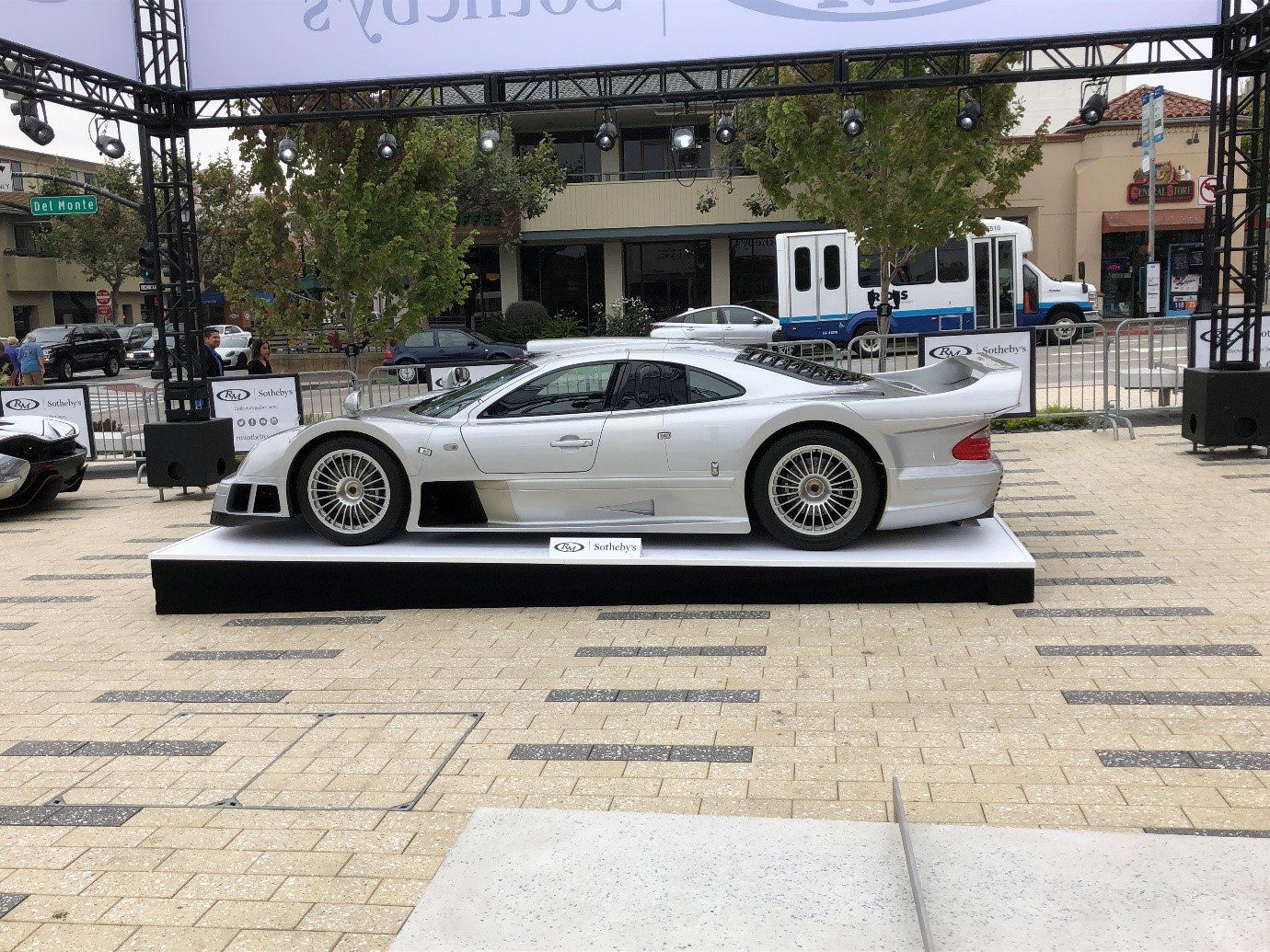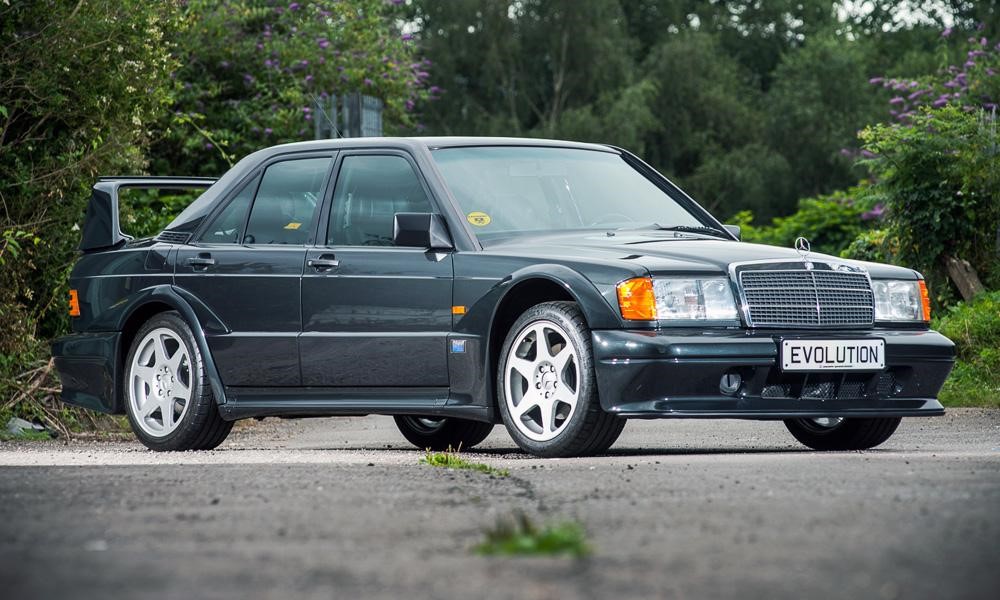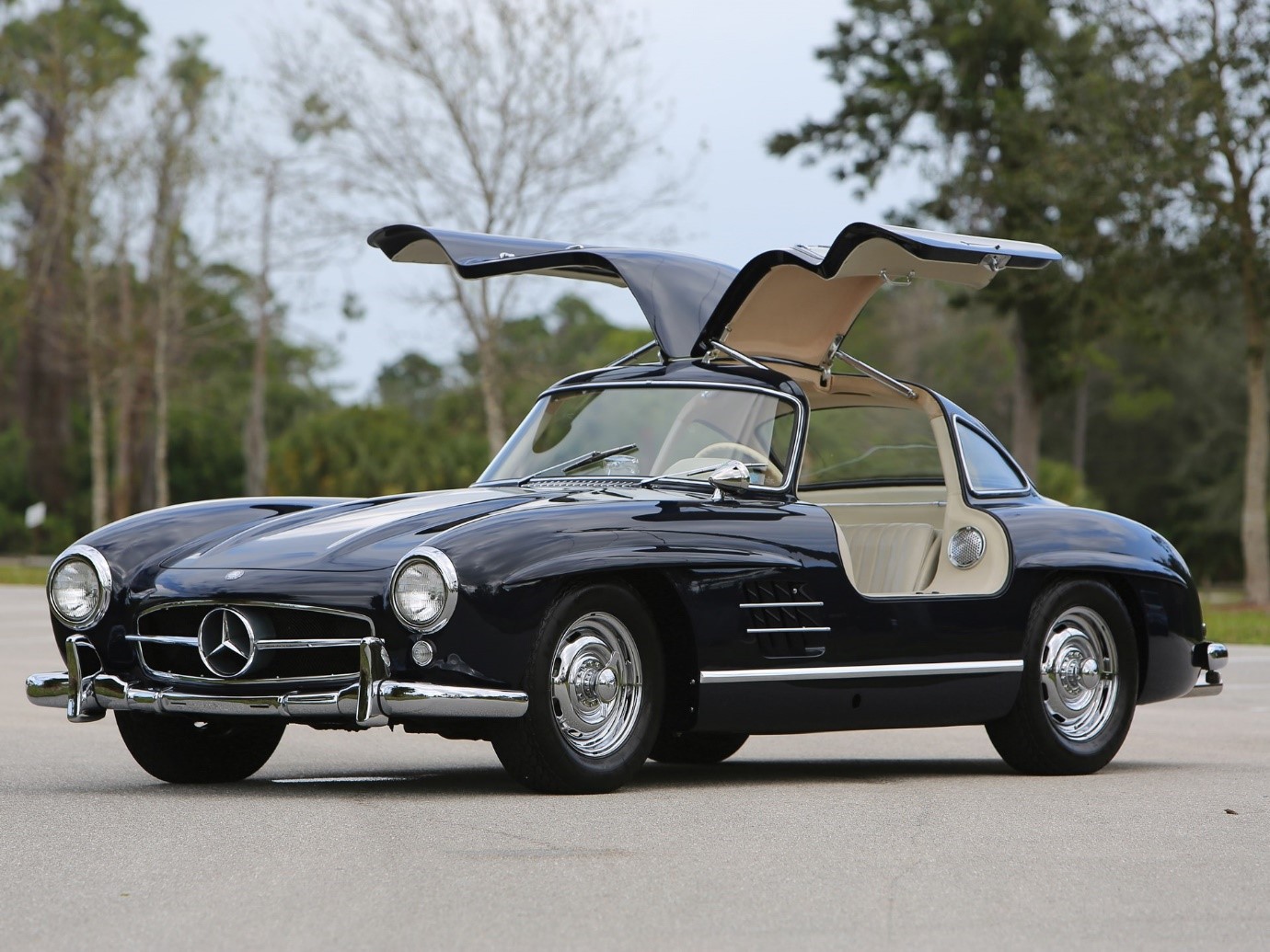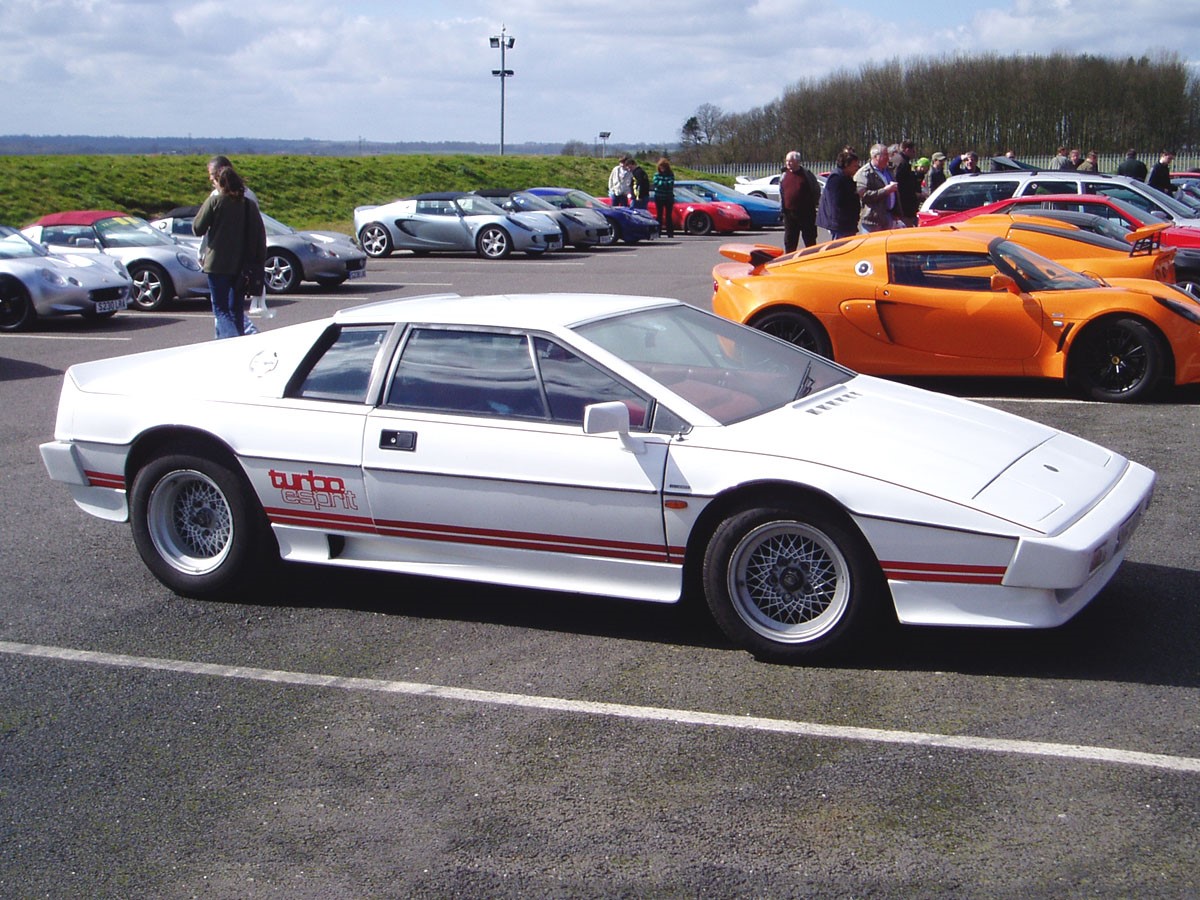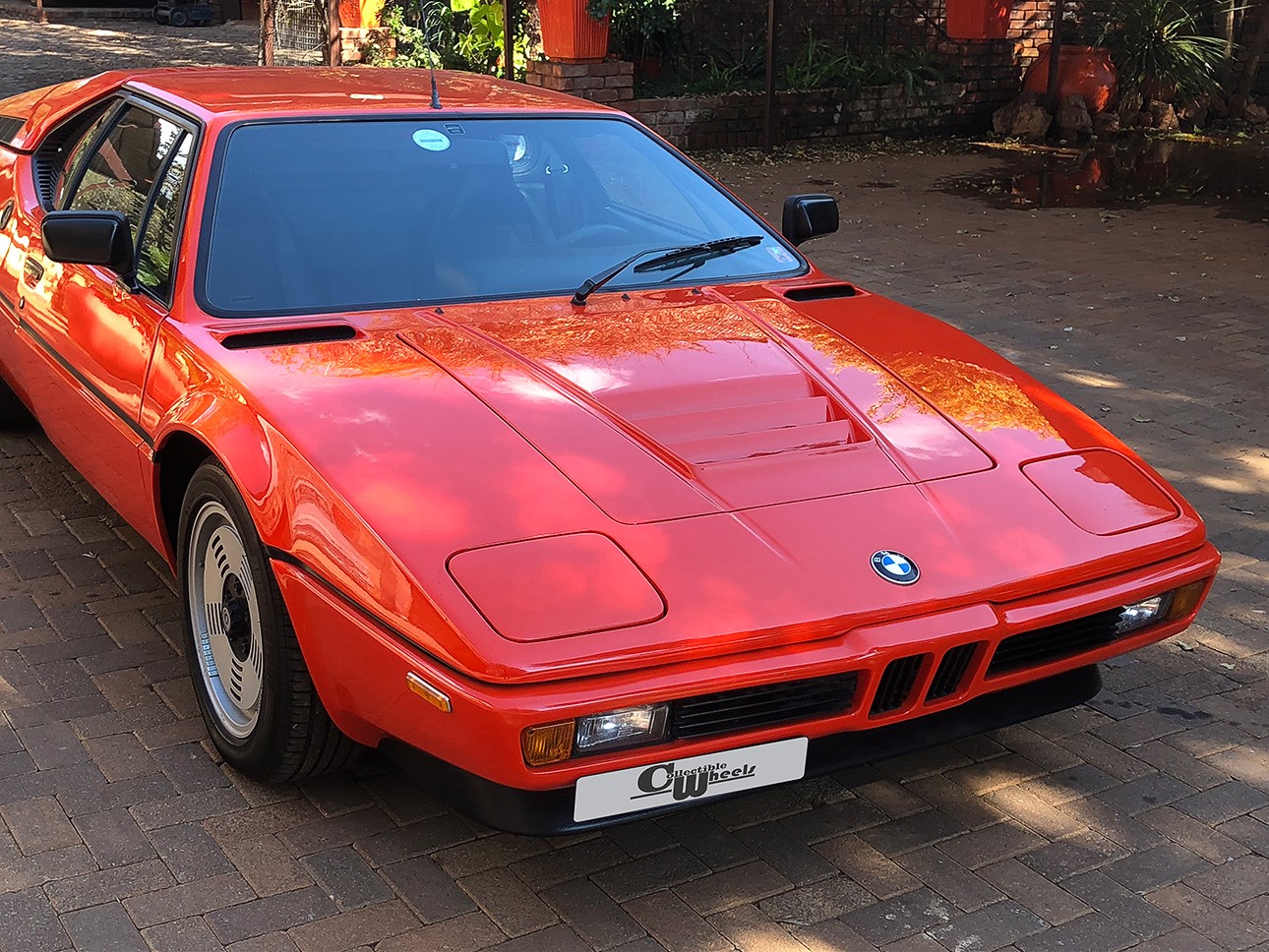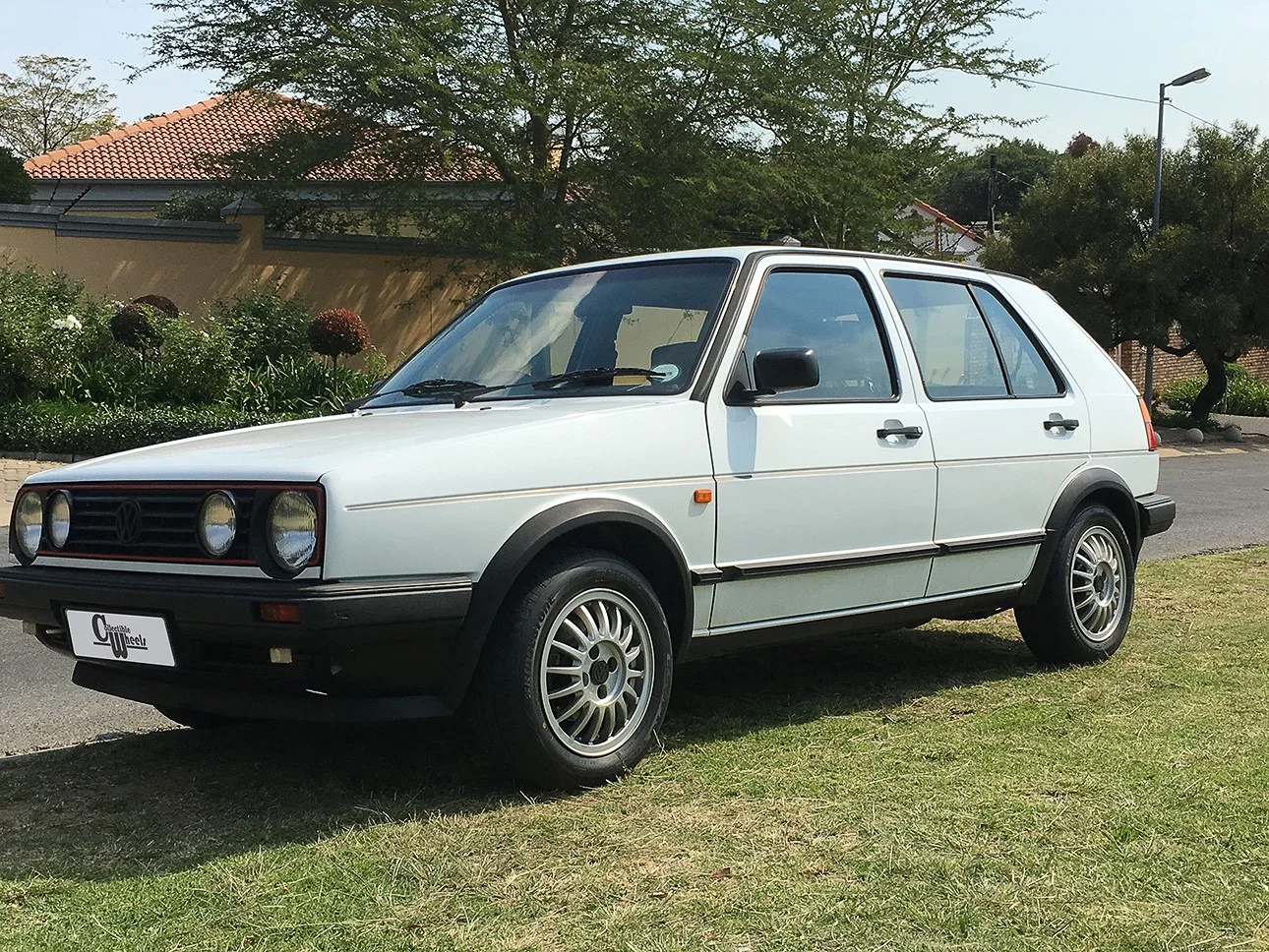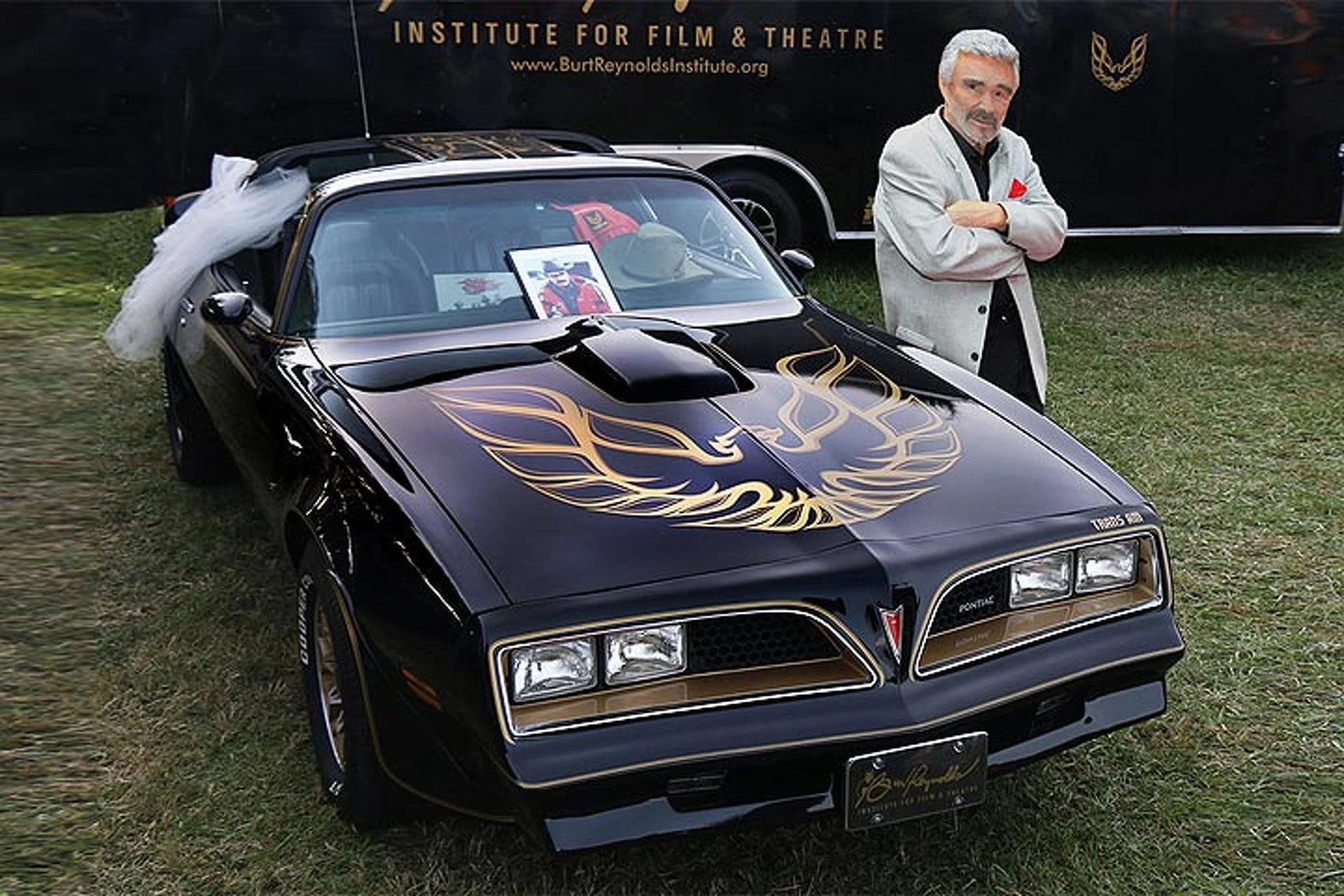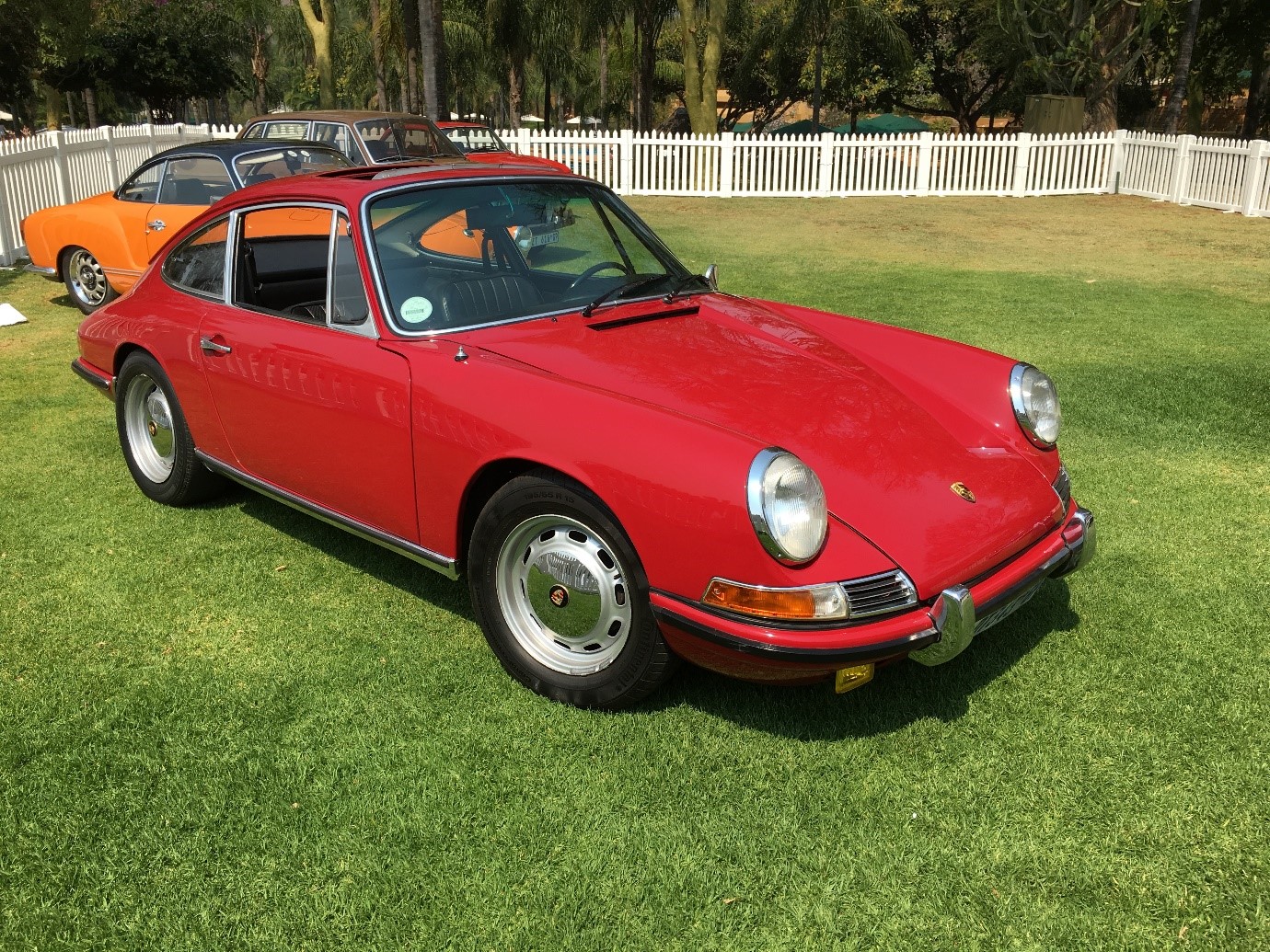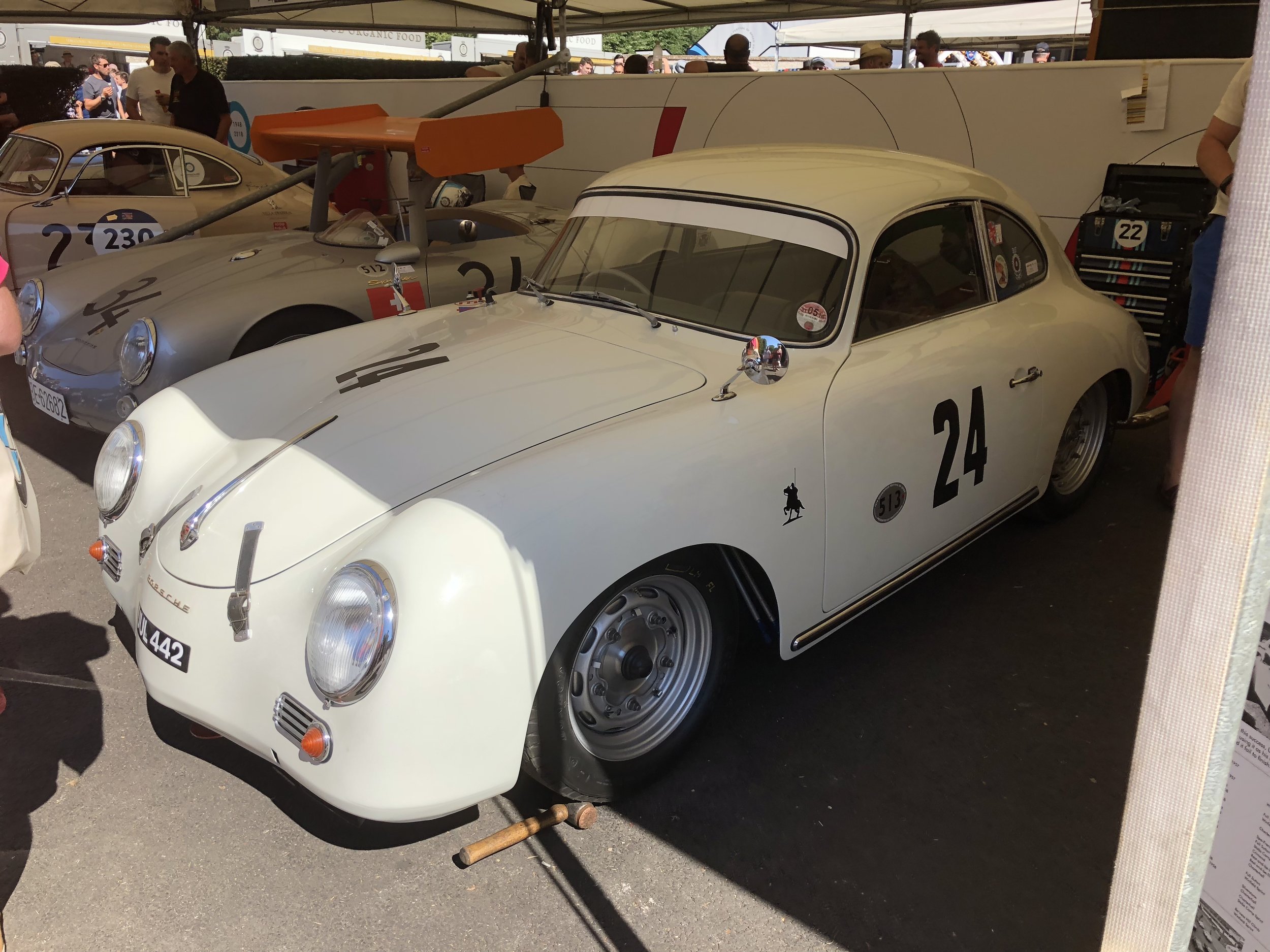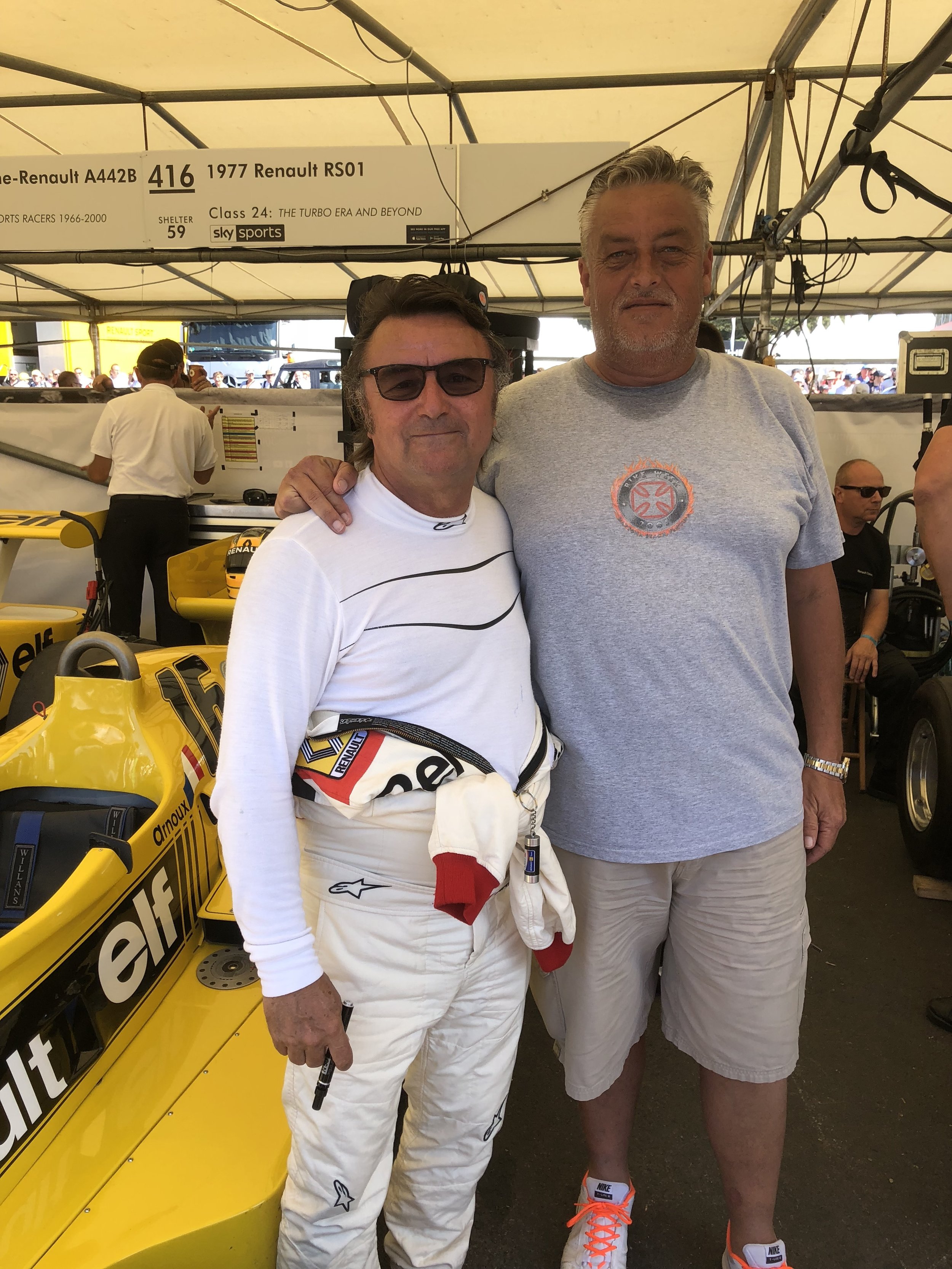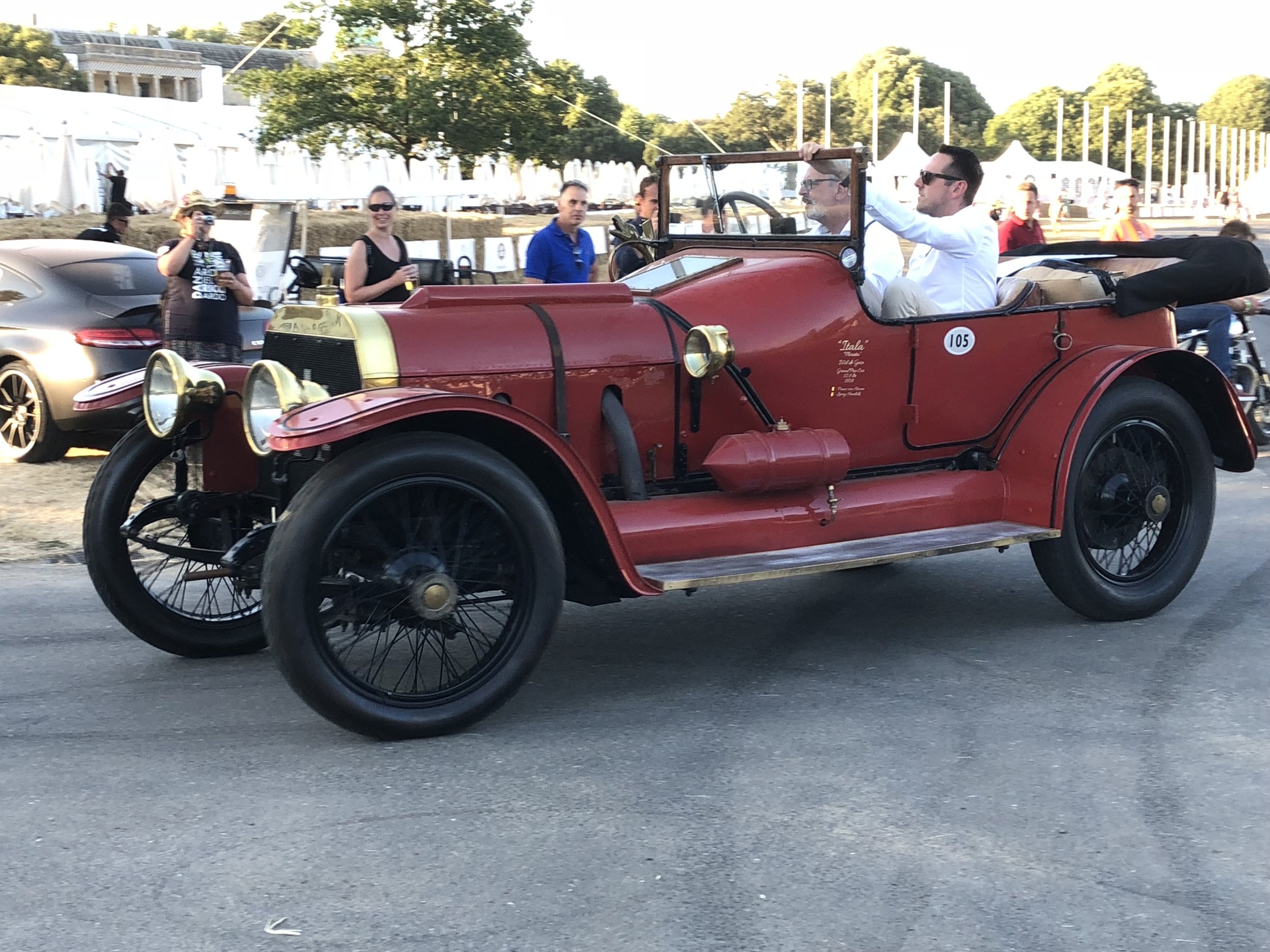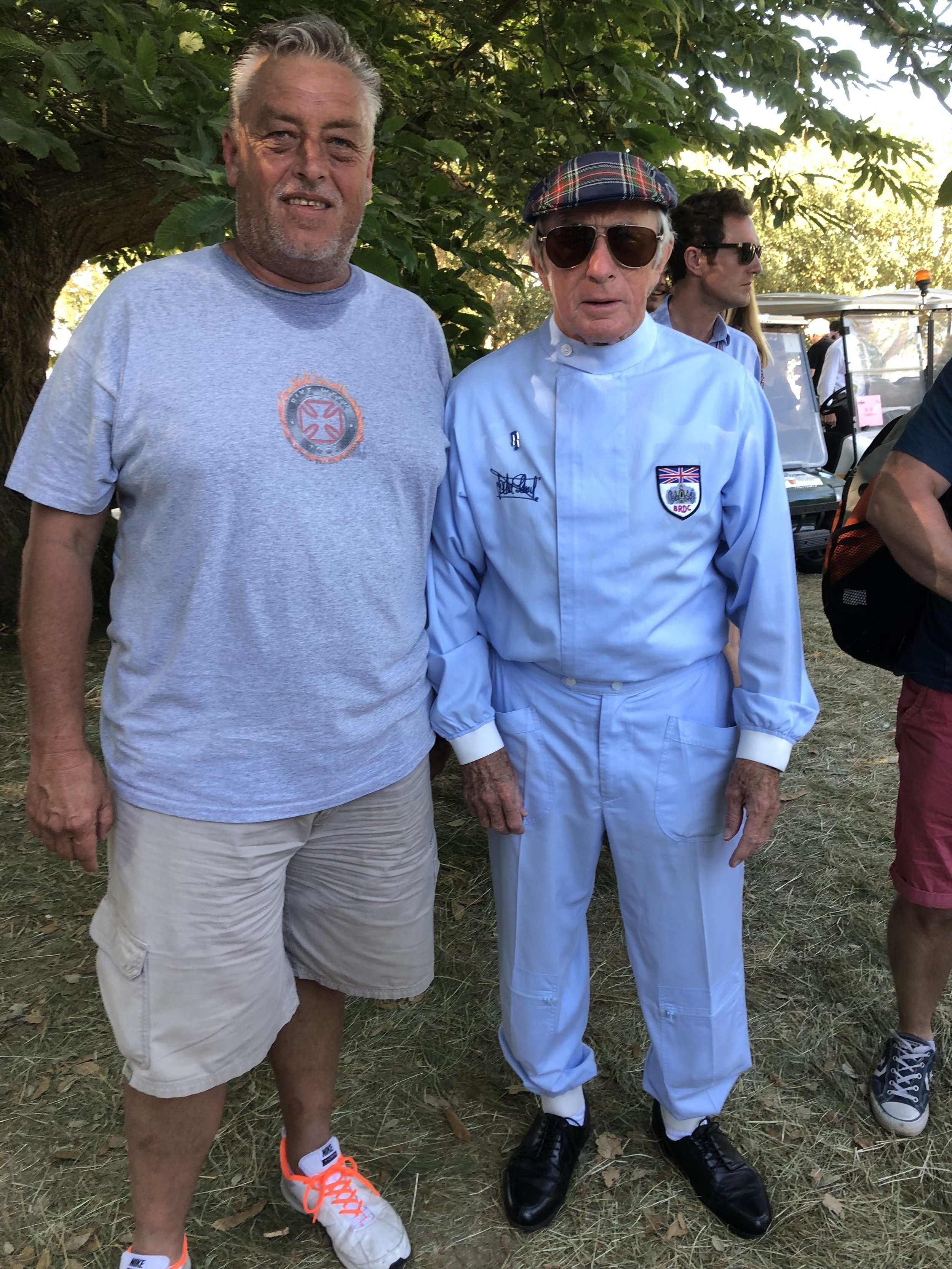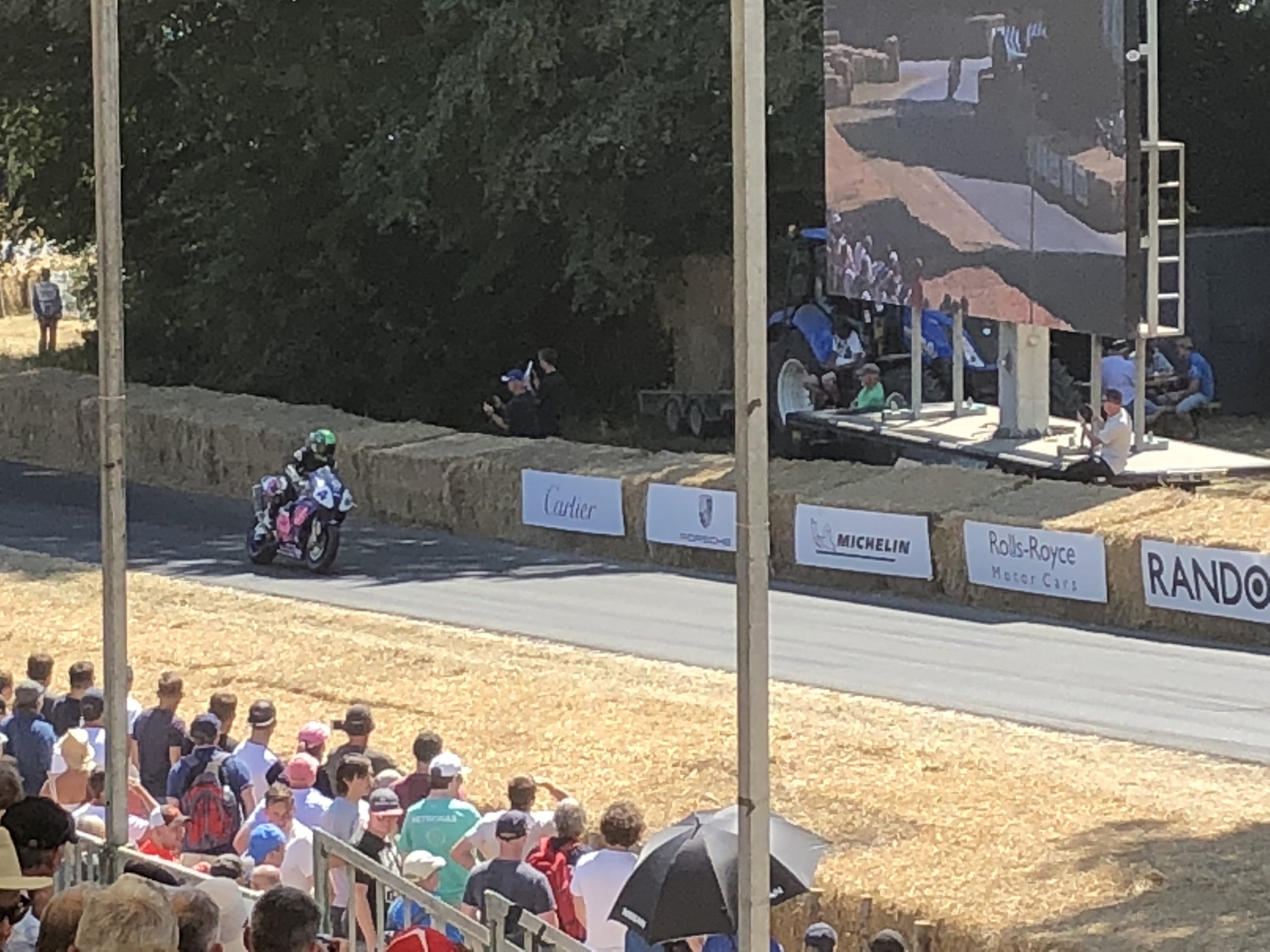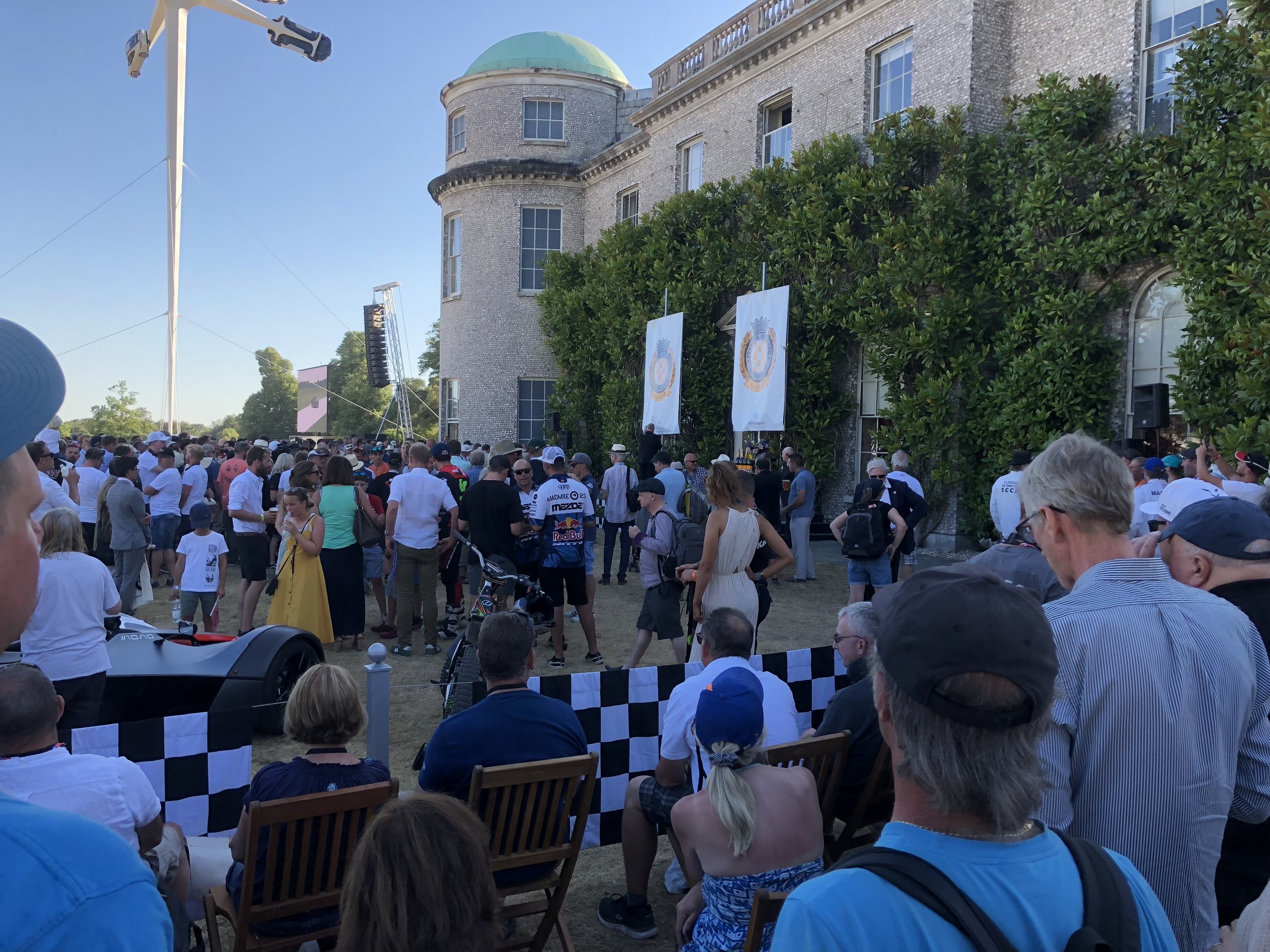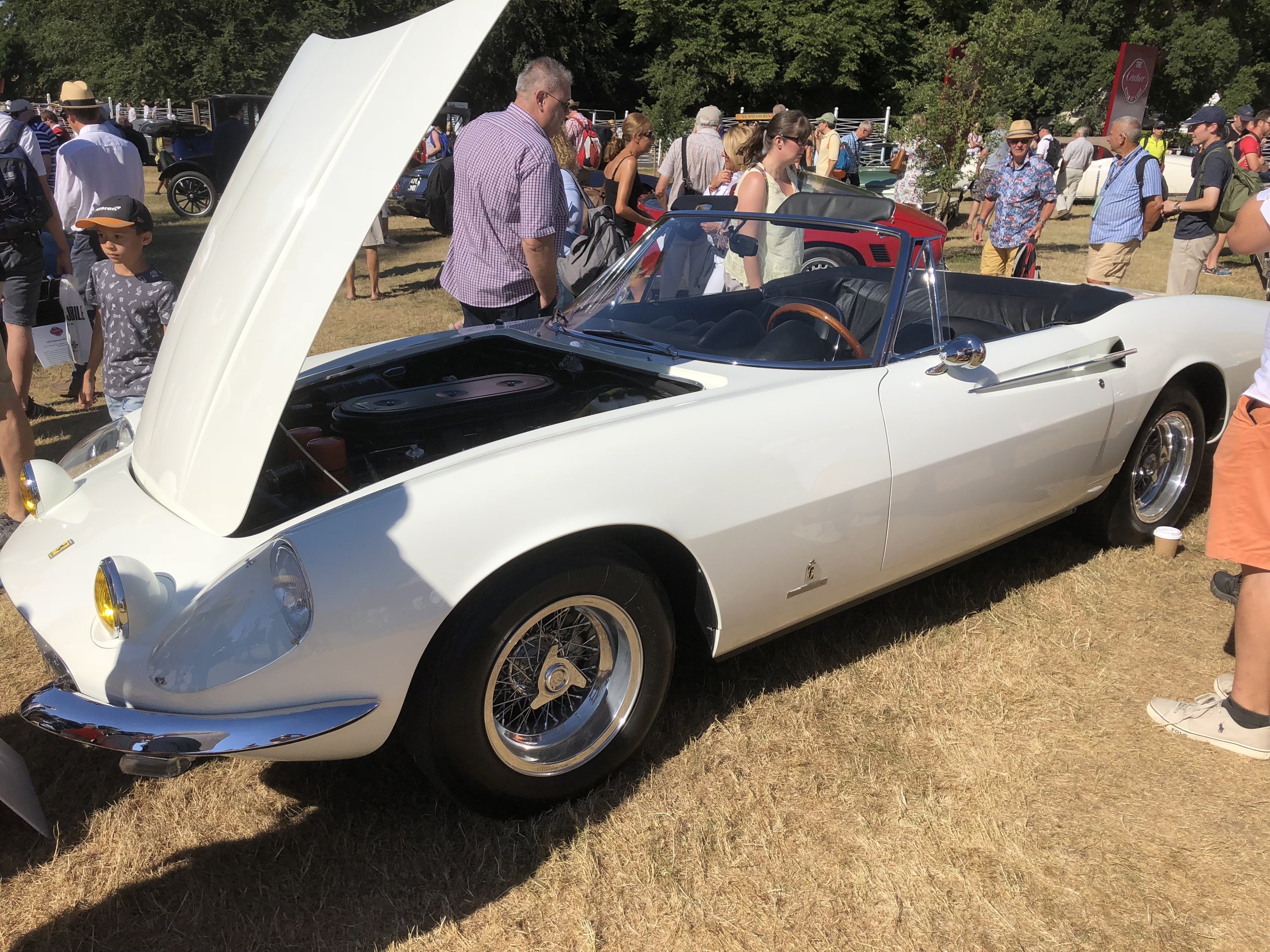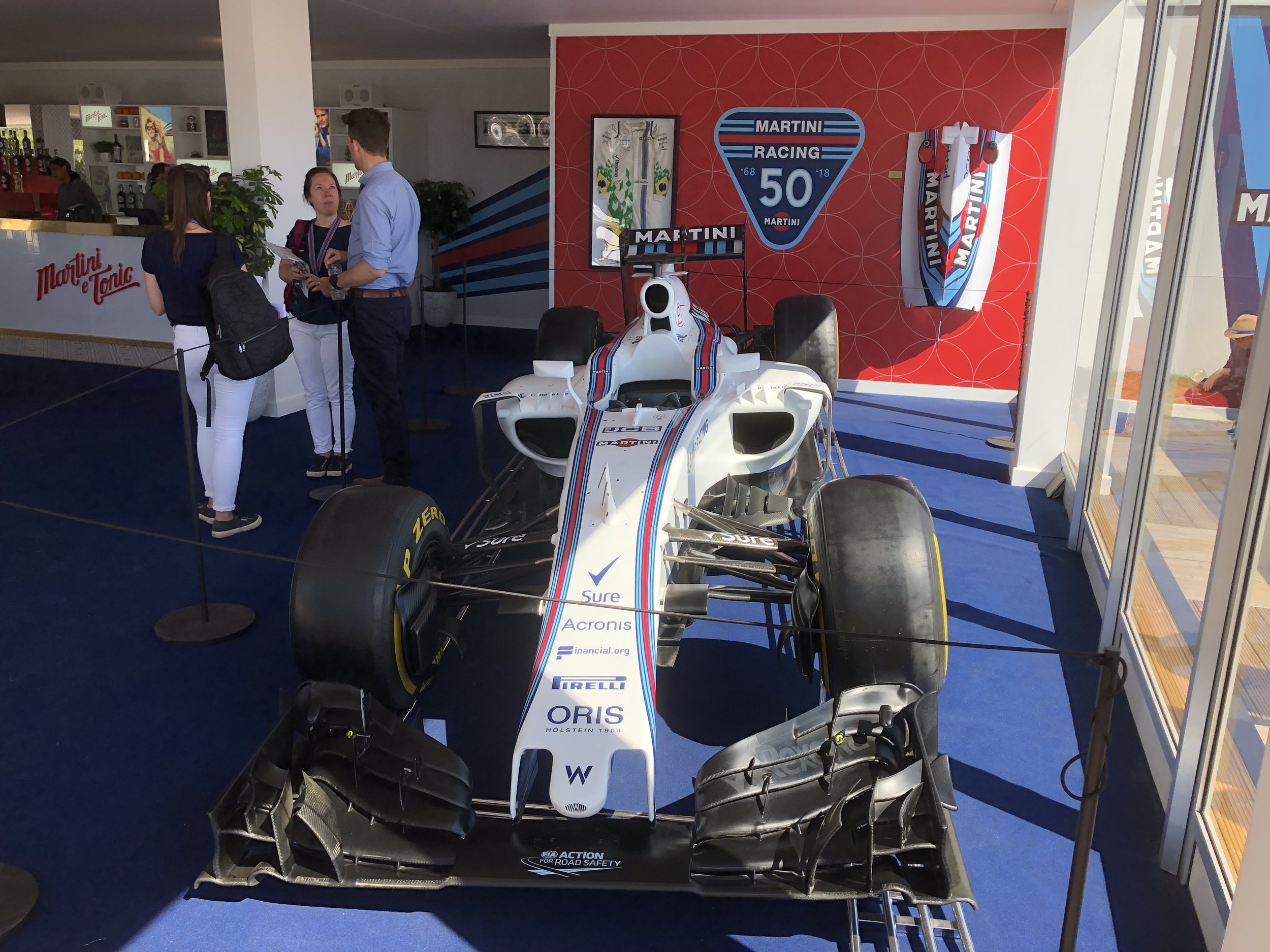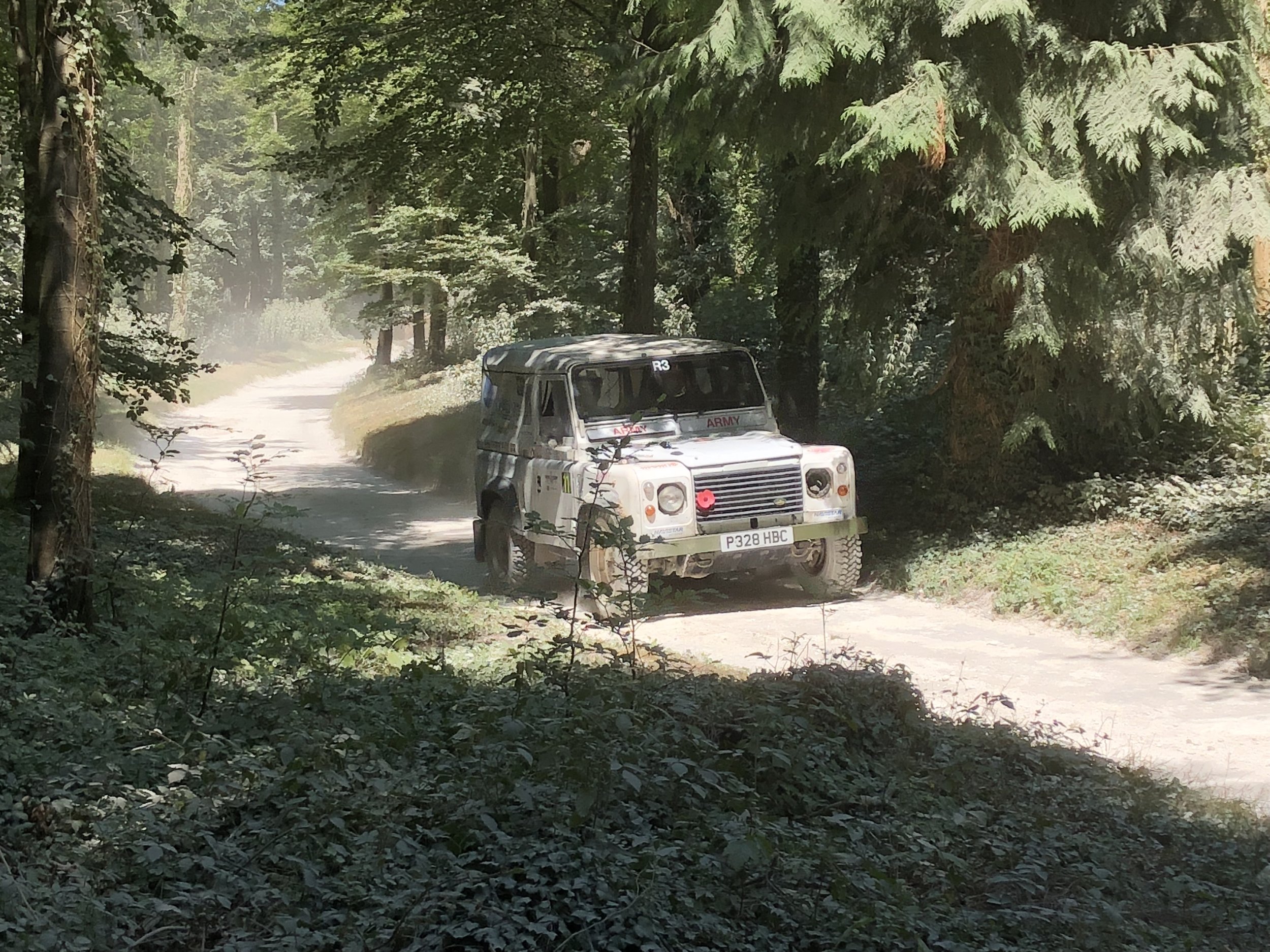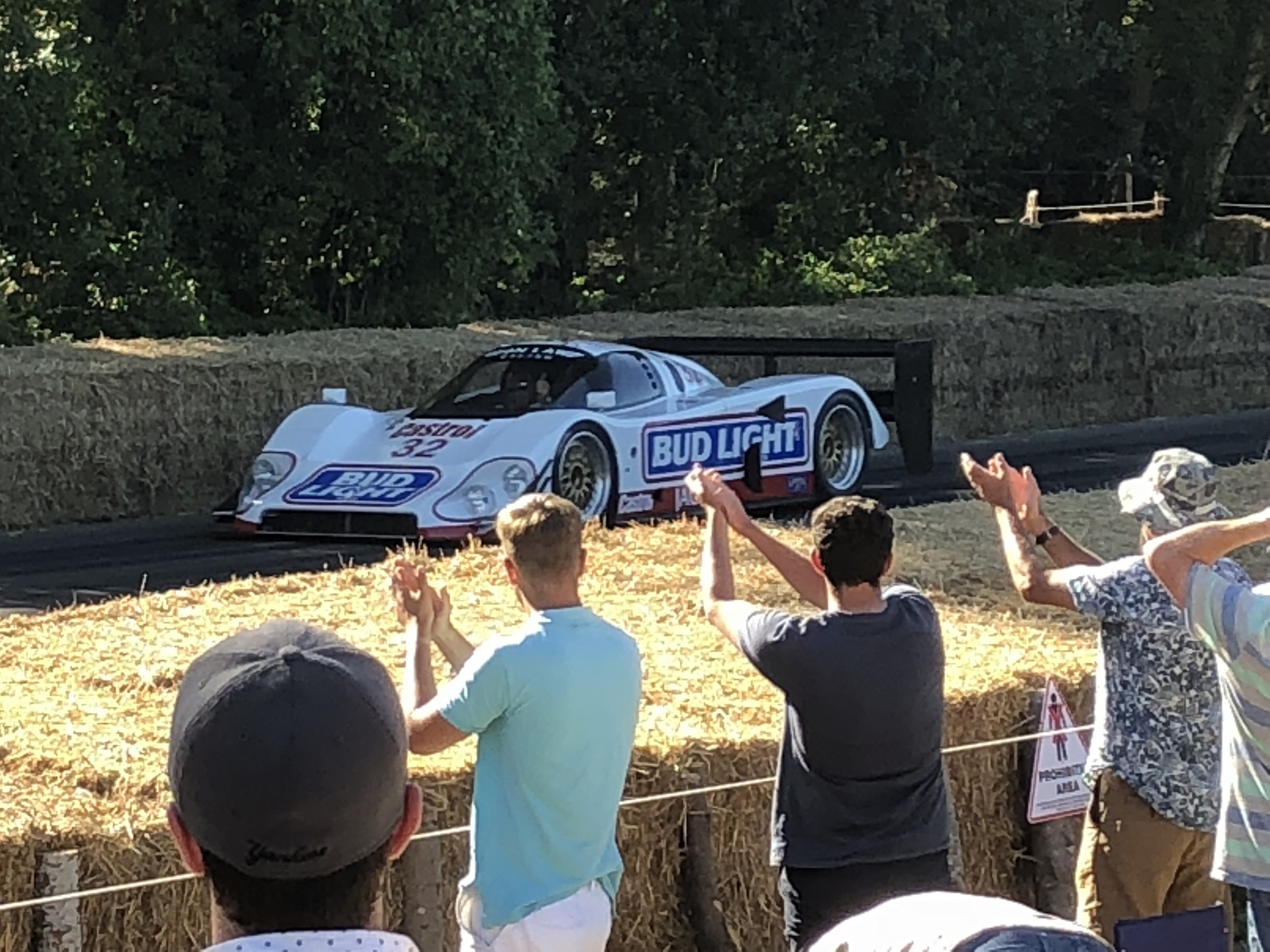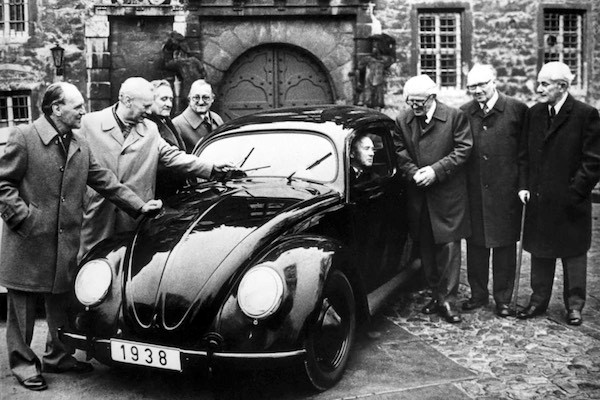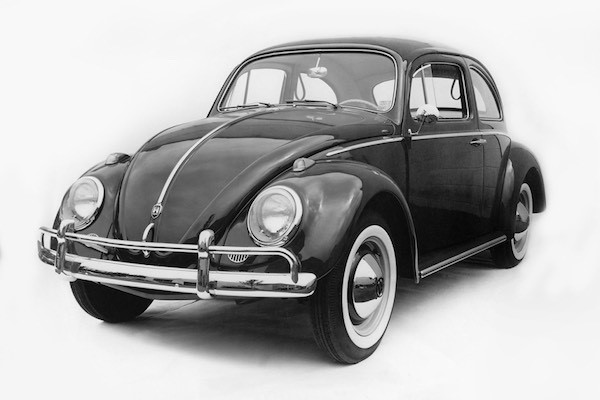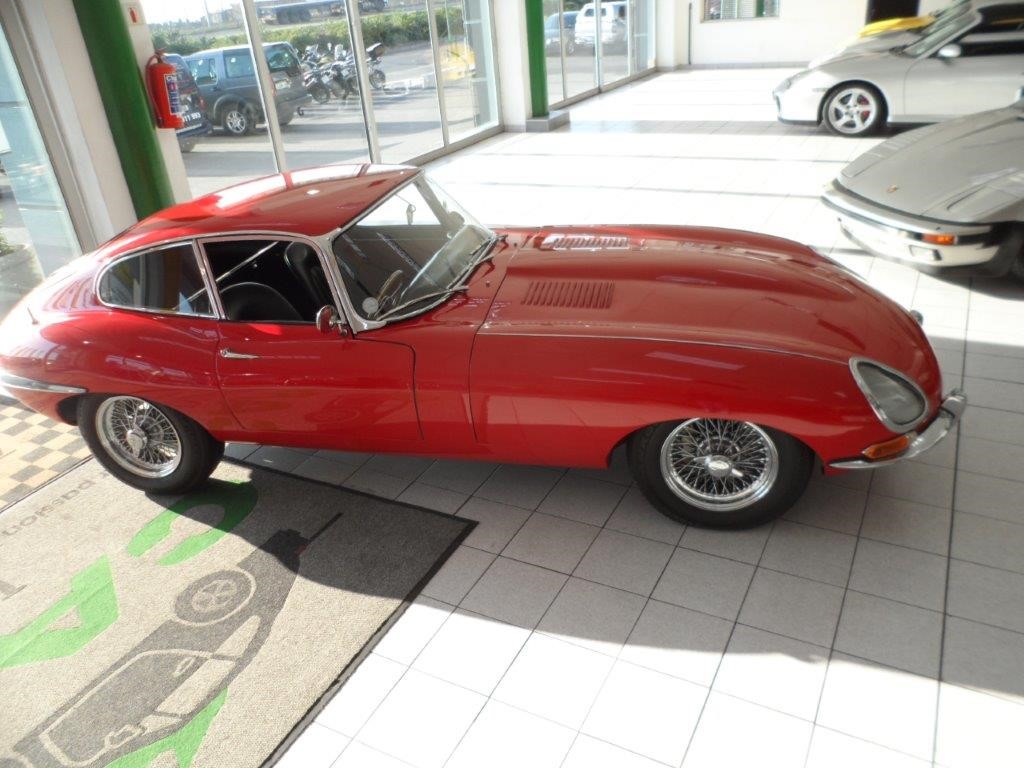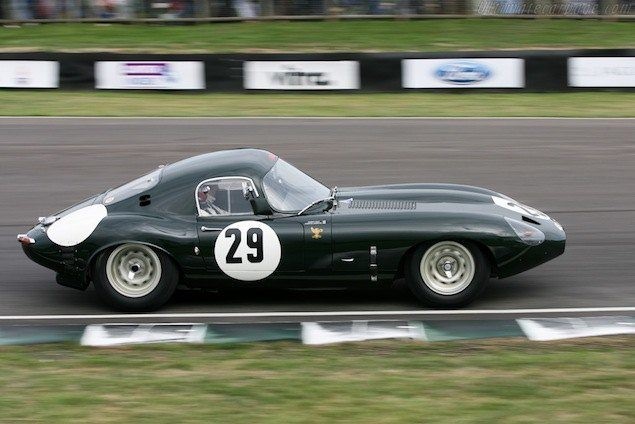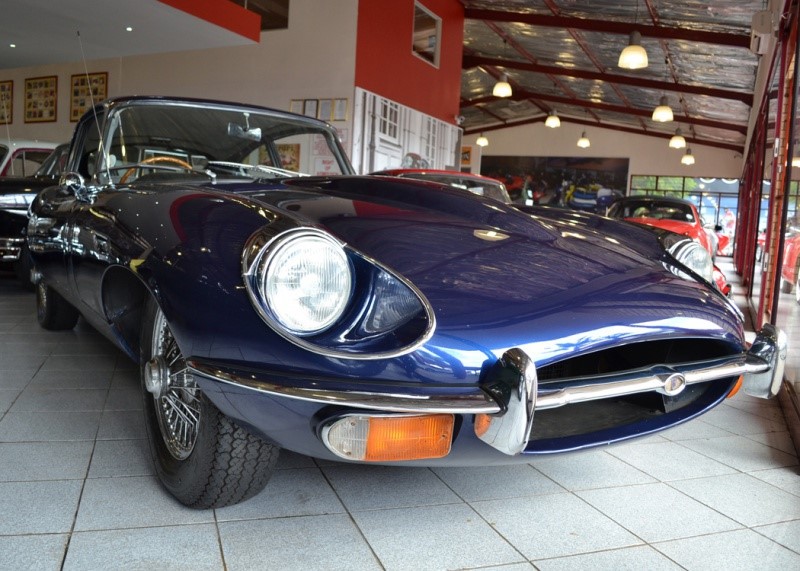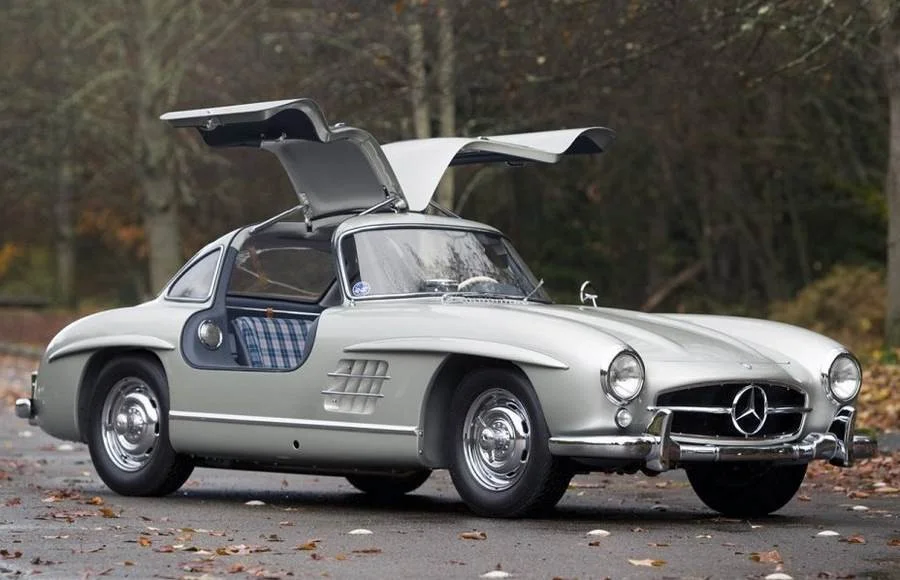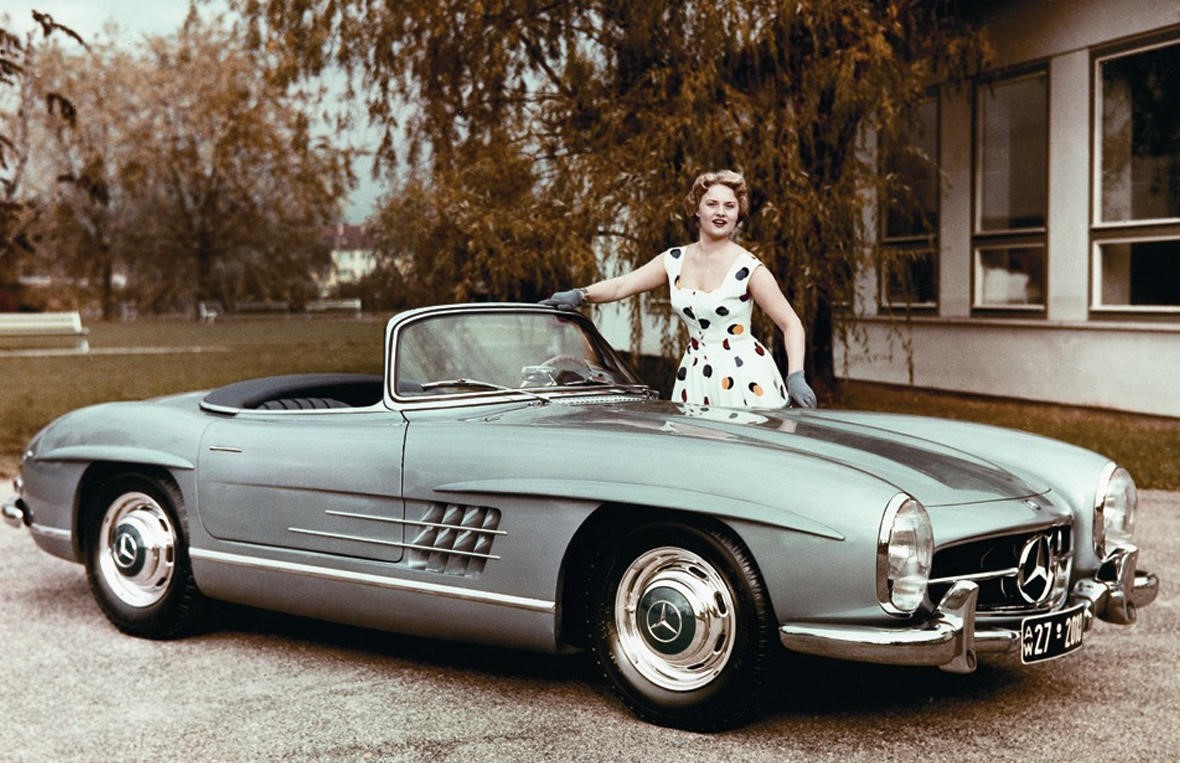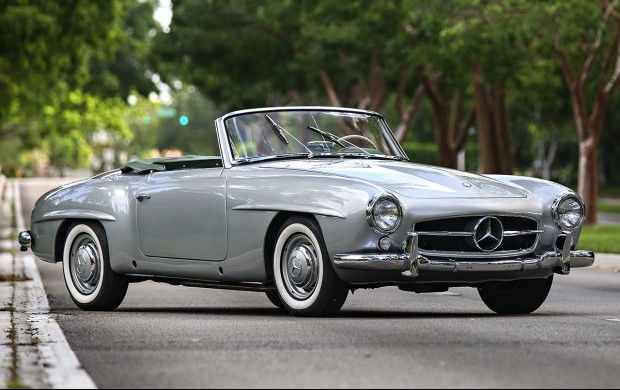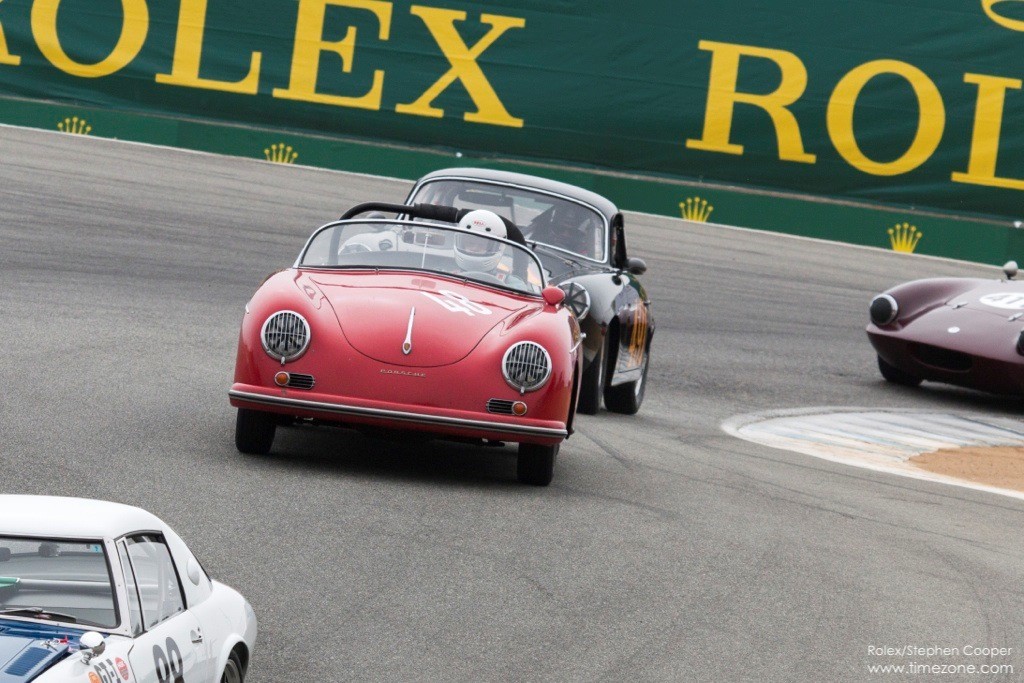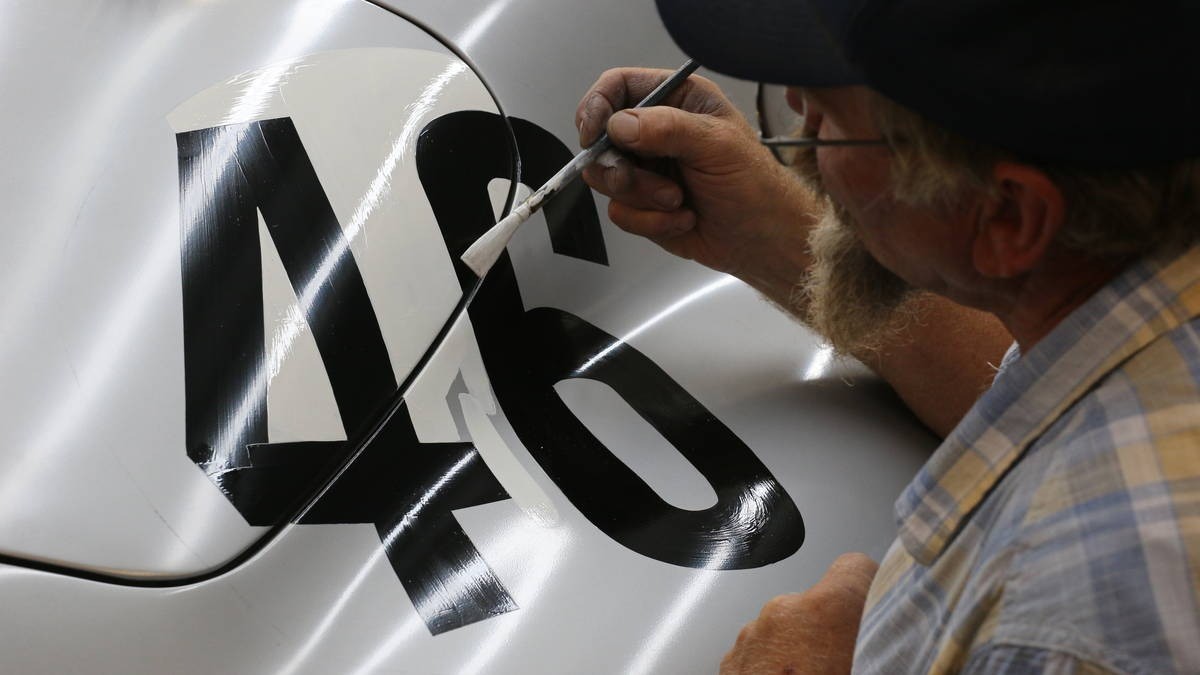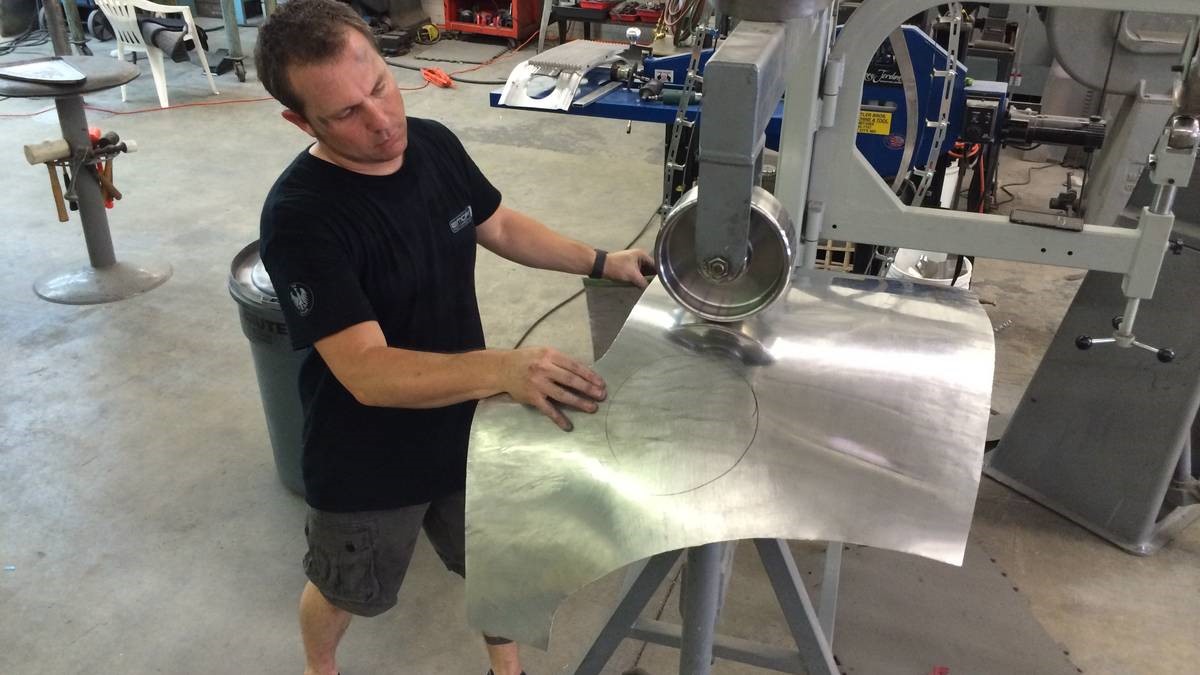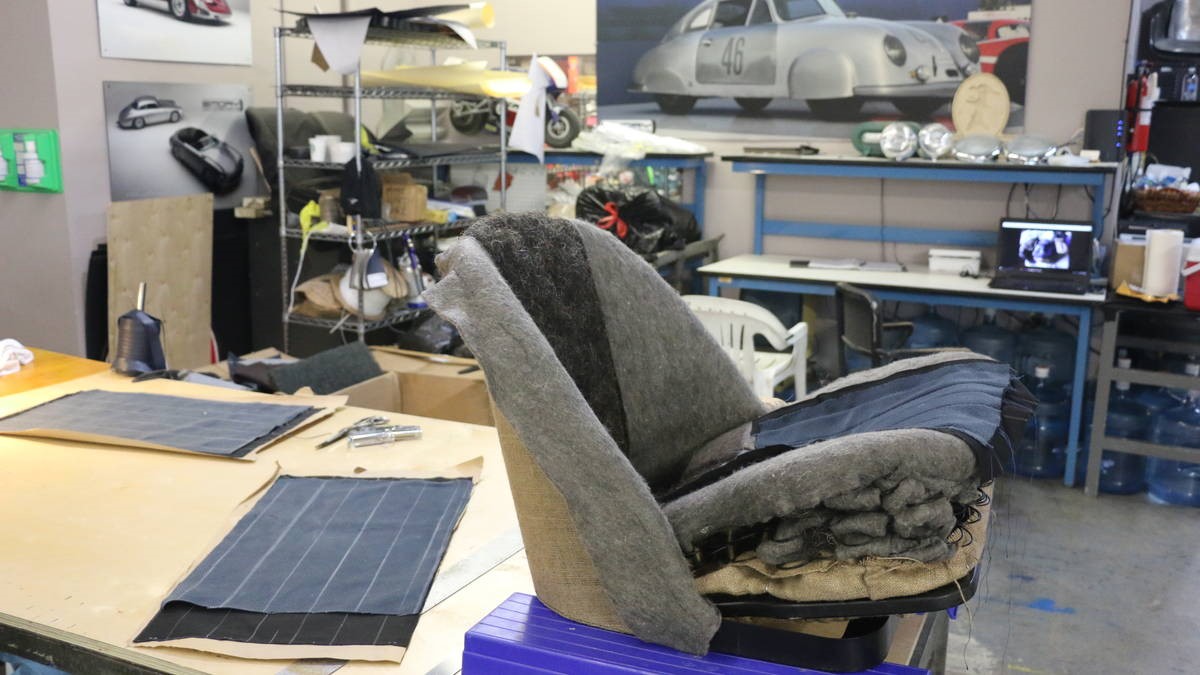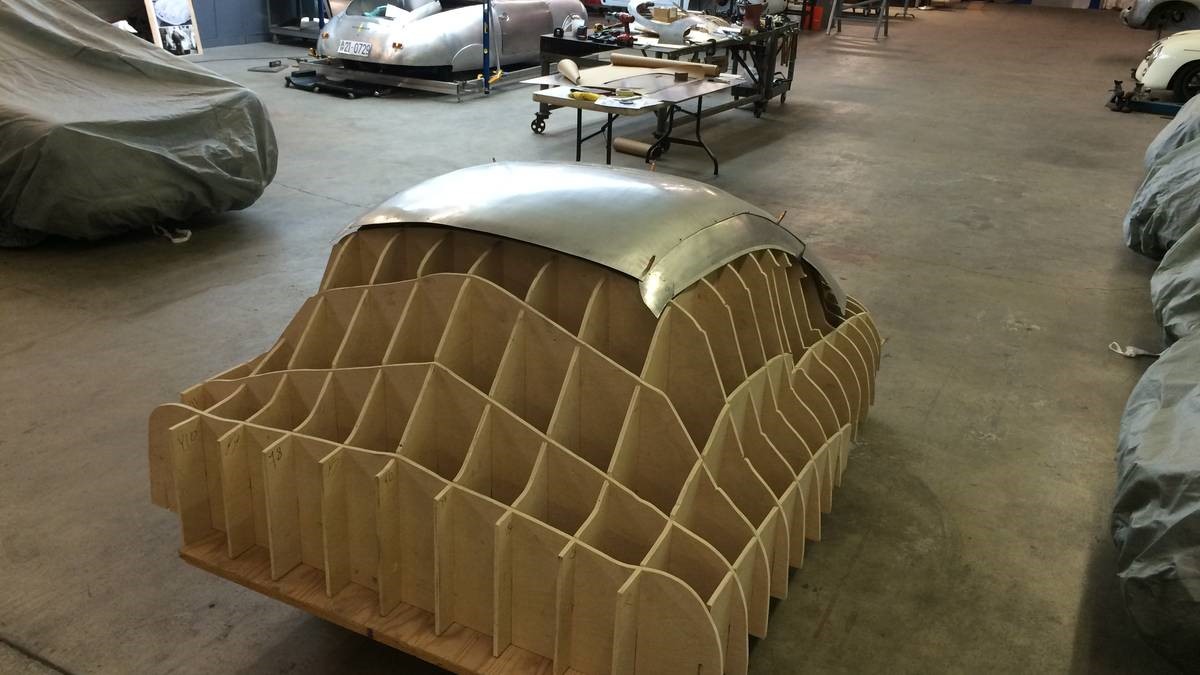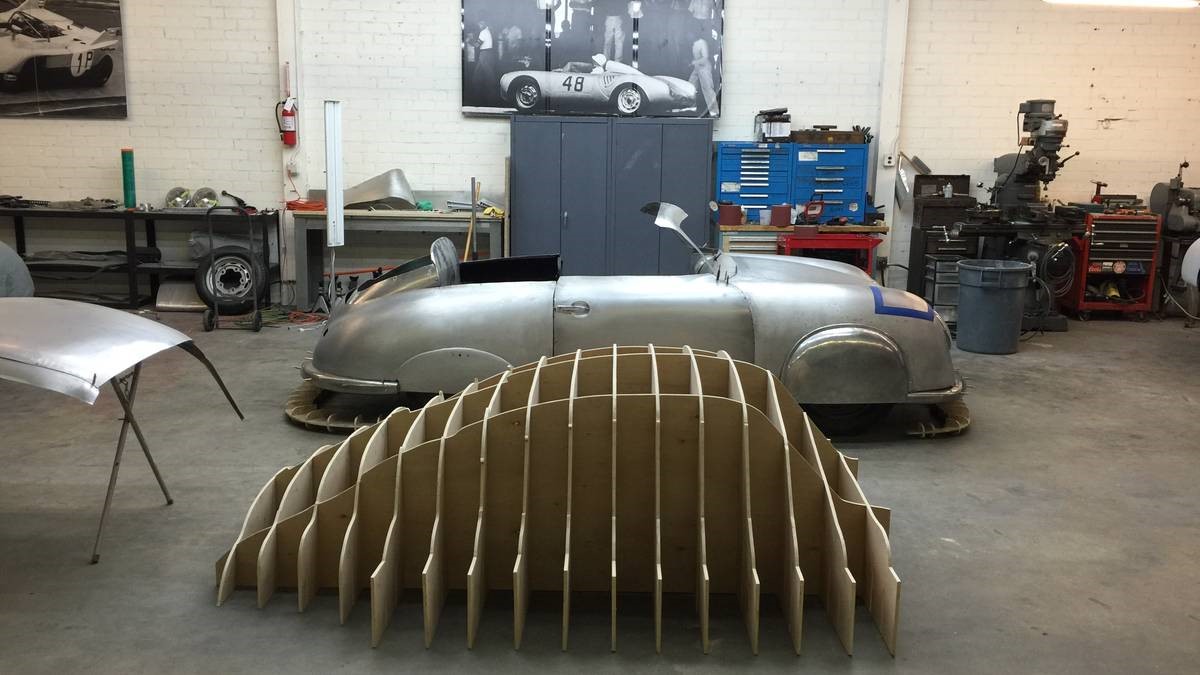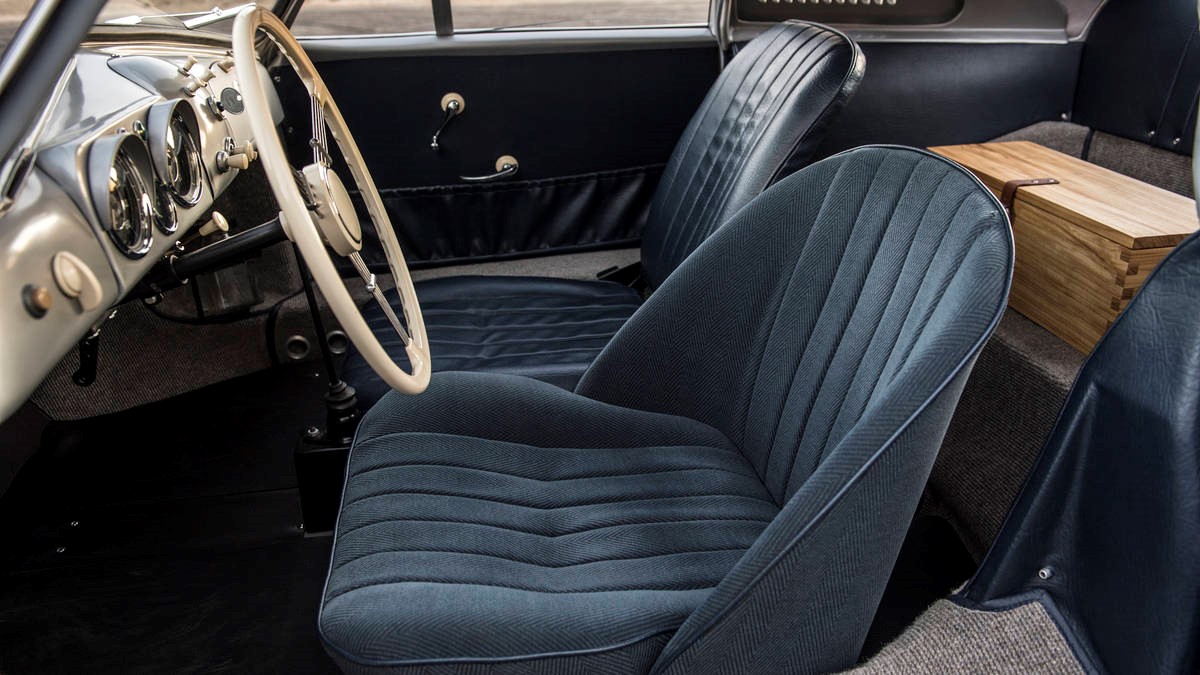We are half way through 2019 and what have the trends been in the collector car market. From the surface, the market seems to be slowing down. This is despite the increase in attendance of collector car shows in 2019.
Frankly, research on trends in the collector car market can be confusing. Some news is positive, while a good bit of it is negative. Some even believe that the collector car market has hit a peak.
Old vs. New Collectors.
One aspect that's often overlooked in the classic car market is the habits of old vs. new collectors. For example, the older generation is more interested in buying classics they can showcase in their garage or during car shows.
On the other hand, younger collectors are more interested in using their vehicles as daily drivers. With social media being so prevalent, the younger generation is more interested in being seen in their vehicle as they post pictures to Facebook, Instagram, Snapchat, and other social media platforms.
Despite their obvious differences in taste, every generation of car collectors have one thing in common -- they all tend to purchase vehicles they grew up with. For example, younger collectors tend to prefer 80s and 90s vehicles. Older collectors tend to favour vehicles from the 50s, 60s, 70s, or earlier.
Frankly, what may be of interest to a 32-year-old collector may not appeal to a 50-year-old collector? As a new generation of collectors takes to the stage, the types of vehicles sold will begin to shift slowly, thus causing waves in the industry.
There is a belief among the older generation of Classic Car Collectors that the younger generation don’t appreciate Classic Cars and that the hobby is likely to die a slow death.
In the past year, interviews were conducted with people attending classic car shows in Italy, England, Germany, France and the United States. Interviewed were people yet to reach their 30th birthday and then people aged 50 and older.
The interviews were conducted at Retromobile in Paris, Retro Classic in Stuttgart, The London Classic Car Show, the Los Angeles Classic Car Show and Auto e moto d’epoca in Padova.
“The young are much more passionate about collector cars than the old tend to think, and all of them — the aged and the youthful — are confident about the future role of collecting, and indeed are prepared to promote the preservation and appreciation of our four-wheel heritage,” the survey revealed.
“Another common consideration is the fact that the more cars become self-driving, the greater the appeal of driving the ‘real’ cars of yesterday will be.”
Young people also see ownership of “non-contemporary” vehicles as a way of being different, “of getting out of the mainstream.”
Those interviewed were also ask to list their favourite cars and what was extremely interesting was how many Brands featured on both lists not to mention the similar model configurations.
Older Generation - : Mercedes Benz 300SL Gullwing , Lamborghini Miura , Aston Martin DB5 , Jaguar E-Type , Mercedes Pagoda , and early Chevrolet Corvettes.
Younger Generation - : Mercedes Benz 300SL Gullwing , Lamborghini Miura , Aston Martin DB5 , Porsche Carrera RS , Lamborghini Countach , BMW 2002 Turbo , Ferrari Tetsarossa early Ford Mustangs and the Lancia Delta Intergale.
In addition, some commentators mention the increasing shortage of skilled mechanics, with the intricate operating knowledge of old cars dying out with the new age of mechanics who are most used to reliance on computer diagnostics.
The best advice remains to acquire cars in the highest quality condition and to acknowledge that it may require a long term investment horizon. The other advice is to buy something you love and will enjoy. Classic cars are described as a ‘passion asset’ after all.





















